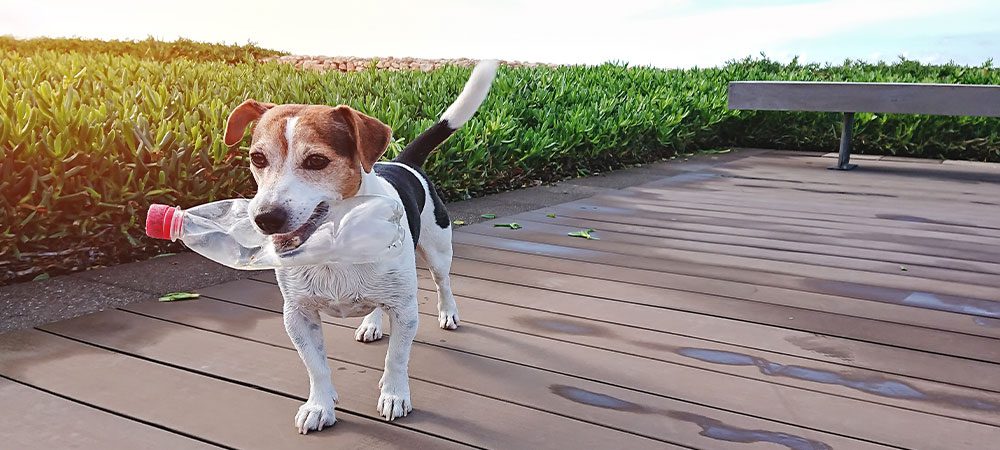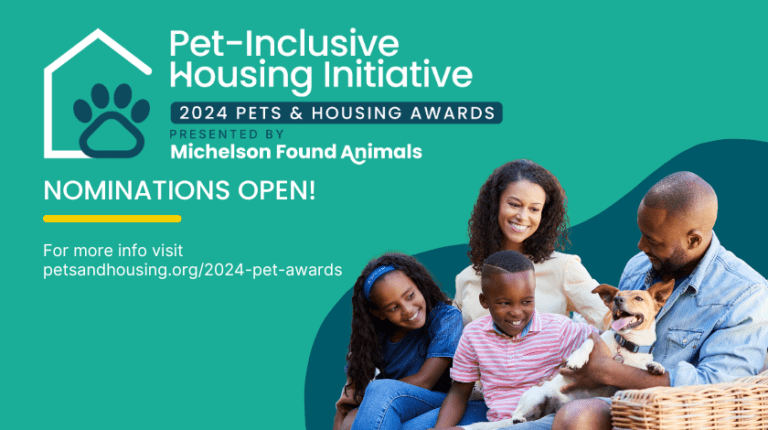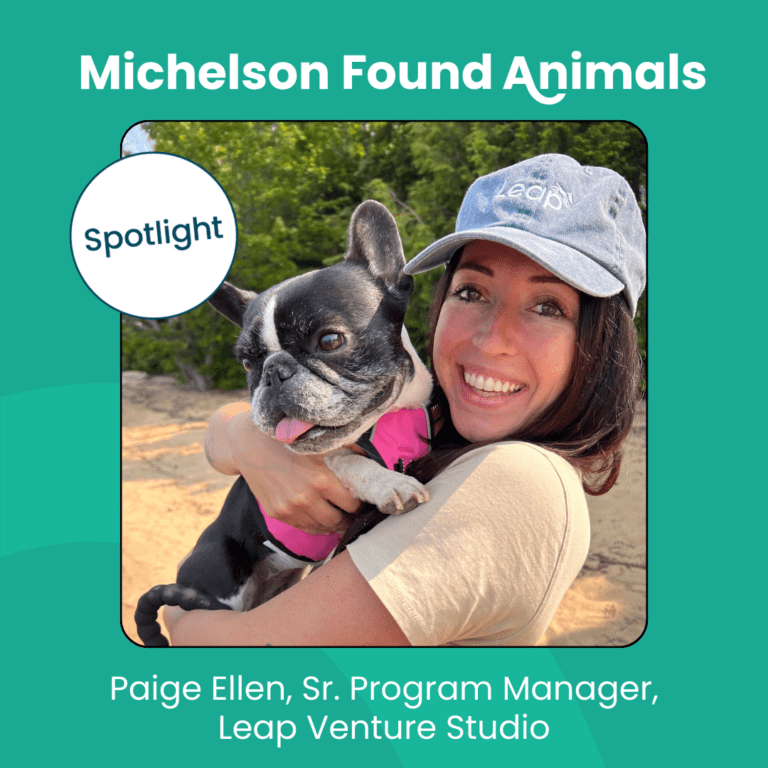6 Ways to Reduce Your Carbon Pawprint

Written by Dog Spotted
Over the past few years, we as individuals have become more aware of the impact we have on our planet. However, emphasis on decreasing individual carbon footprints is now under scrutiny (after all, much of the world is at home, but our carbon emissions have only decreased by 8%). But this doesn’t mean that we should ignore our households’ environmental impact; our fluffy K-9 companions can contribute to climate change in a variety of ways, many of which we can reduce by becoming more mindful of the items they use and the foods they eat. Here are 6 ways that you can reduce your pup’s carbon pawprint:
1. Adoption
Every year in the U.S., 670,000 dogs are euthanized due to overcrowding of animal shelters. If you take in an adopted dog, you’re shifting money away from puppy mills and also giving a pup a second chance. Believe it or not, this can actually have an impact on the environment.
Puppy mills in many ways contribute to negative environmental impacts. Dog feces are often not properly disposed of and can be left outside for months on end (dog feces emit methane gas which is a significant contributor to global warming).
Another issue with puppy mills is that they are producing new puppies all the time. This makes all the environmental issues that dogs cause (that we discuss below) that much worse. There are so many dogs looking for a loving home, and getting one from a shelter takes money away from irresponsible breeders who breed animals with no regard for their health (or for the environment).
Now you may be asking: “But what if I want a specific breed?”. No worries, simply visit breed-specific organizations or online sources like this one.
2. Food choice
Researchers believe that domesticated dogs and cats are responsible for a quarter of the environmental impact of meat consumption. However, don’t be so quick to put Spot on a vegan diet; our pups get a lot of their nutrients from meat. If you are willing and able, you can make your own dog food and minimize the usage of nonrecyclable packaging, or look for fresh delivery services in your area. You can also start your pup on a dog food that uses local, organically-raised fruits and vegetables (and support a small business).
3. Spaying & Neutering
By spaying or neutering your pup, you can help keep the numbers of unwanted pets down and decrease euthanization and overcrowding in shelters. This is a big reason why many shelters will not let adopted dogs go home until they are spayed and neutered. With how much food and waste a dog needs and produces, there is no need for your dog to have babies of their own. There are plenty of homeless pups out there in case you really want more!
4. Eco-friendly gear
Instead of using leashes, harnesses, and collars that are made of plastics and threads, try opting for gear made of hemp, recycled materials, or unused fabrics. There are tons of pretty colors and patterns to choose from, and many owners report that these products help with rashes and other allergic reactions that dogs can suffer from when using non-sustainable gear.
Sustainable Toys
Many dog toys are made out of plastics or unethically-sourced materials. Sustainable toys are not only better for the planet, but are often chemical-free and non-toxic. And if you’re looking for a project, you can try making your own!
5. Biodegradable Products
Even picking up and discarding your pup’s waste can contribute to plastic that ends up in the ocean and takes decades to biodegrade. Try looking for doggie bags that easily decompose, just make sure you’re discarding them correctly. Poo bags made from recycled plastic are also available for purchase in most pet stores, so if you’re looking for a little less commitment to waste management, that might be a better option for you.
Clean Cleaning Supplies
Not only do many household cleaners use chemicals that can be dangerous to your dog, but the packaging is often not so environmentally friendly. By making your own pet-safe cleaning supplies, you are lessening production of plastics and unsafe toxins. You can also reuse spray bottles and cleaning containers to further minimize waste.
6. Donating
Don’t throw away that bed your pup outgrew just yet! Instead, contact your local shelter and find out if they are accepting the supplies you have to offer. Many shelters will accept lightly used supplies and unopened food, among other items.
Have you reduced your carbon paw-print? What actions are you taking to make it a paw-fect planet?
—————————————————
Dog Spotted is a website built for the ulti-mutt dog parent. They provide free access to expert-written content and you can submit questions to their experts at woof@dogspotted.com. You can see examples here and here. Plus, they have a shop small page where you can support small businesses while getting an exclusive promo code (who doesn’t love a discount?!).
If you’re on the lookout for a new dog and are in NYC – they’ve got you covered from items to have before you bring your new dog home and finding the perfect rescue with their comprehensive database. Last but not least, they host monthly free events where there are always giveaways and a great opportunity to meet other dog parents and experts. Be sure to check them out and you can follow them on Instagram too at @dogspotted.


